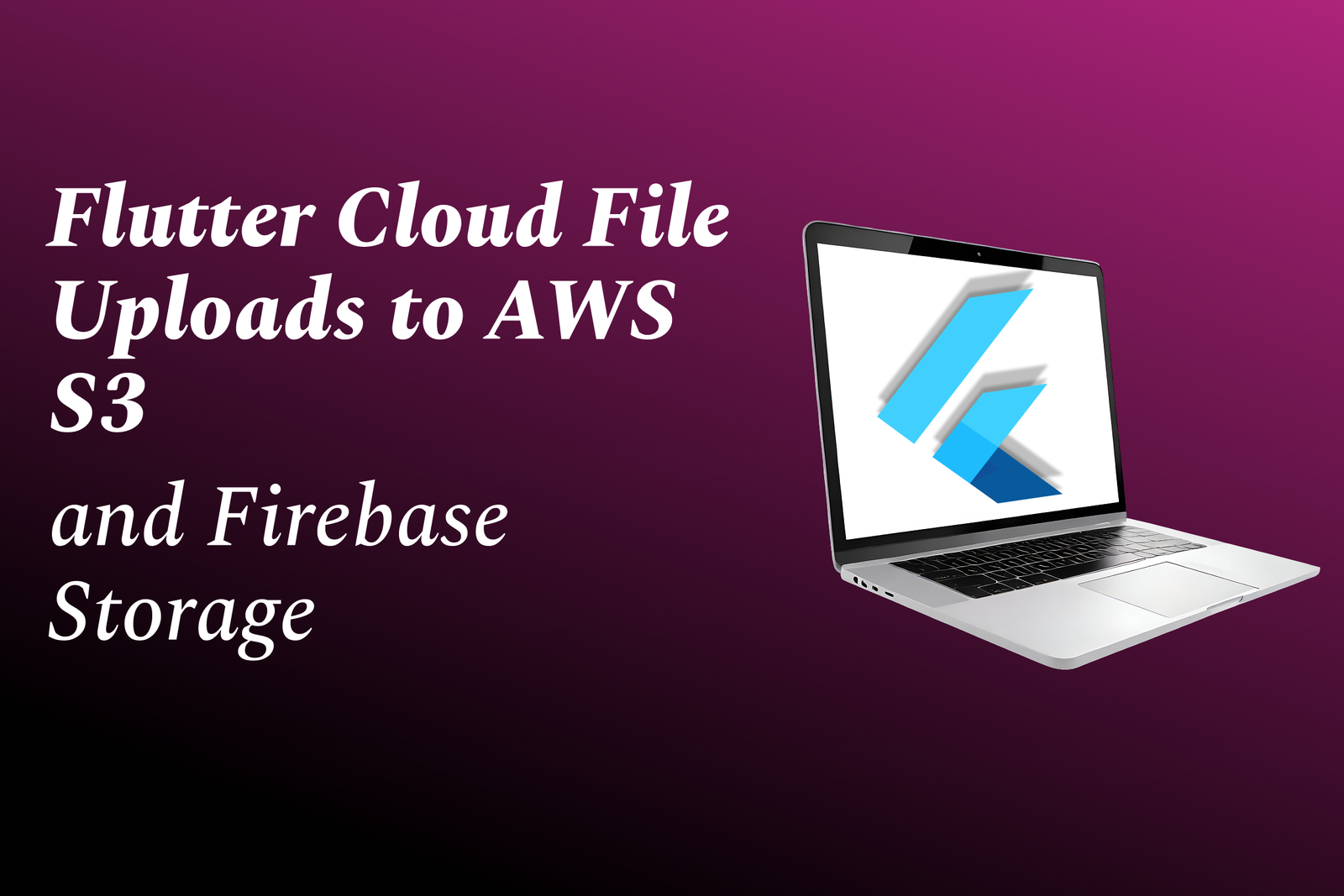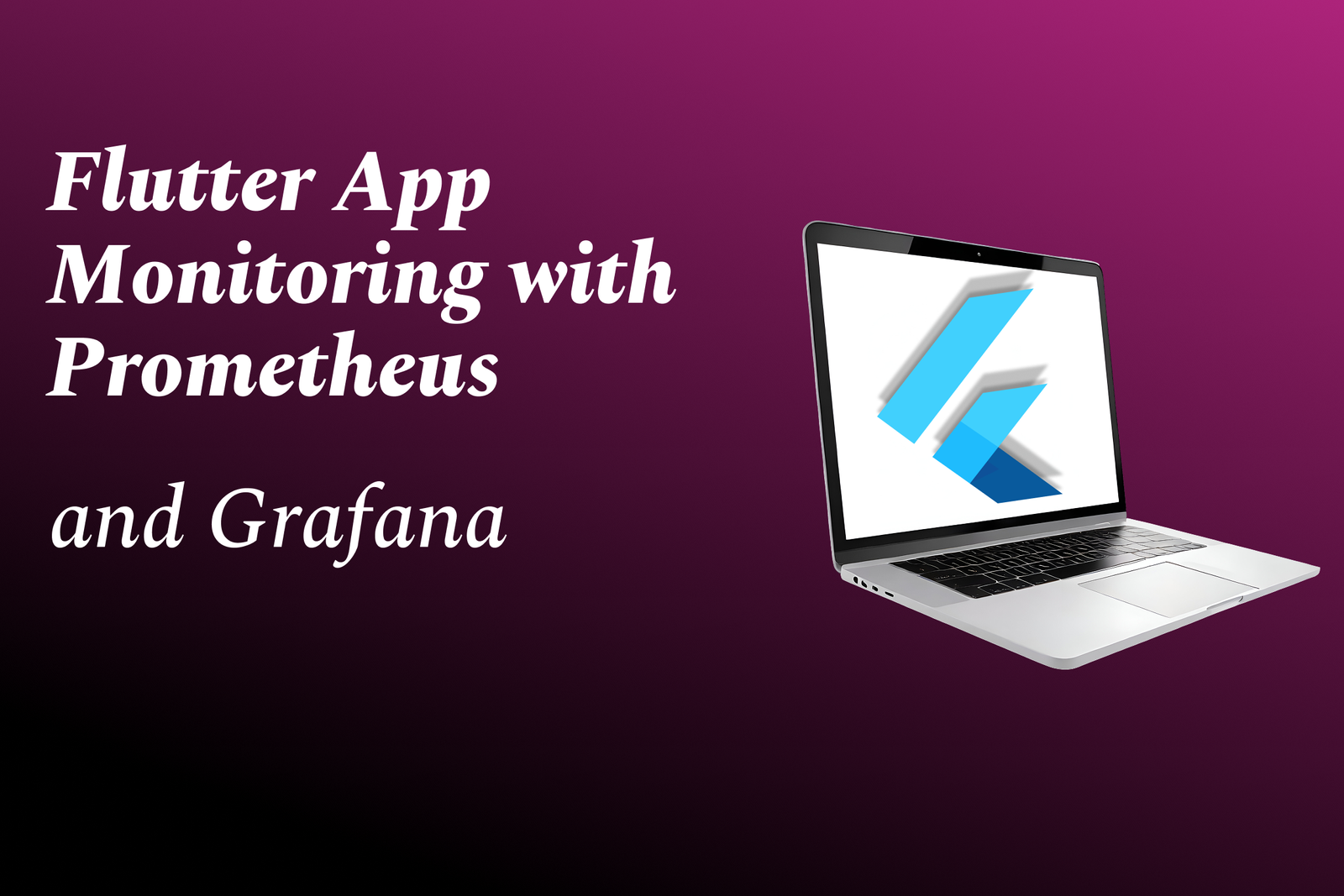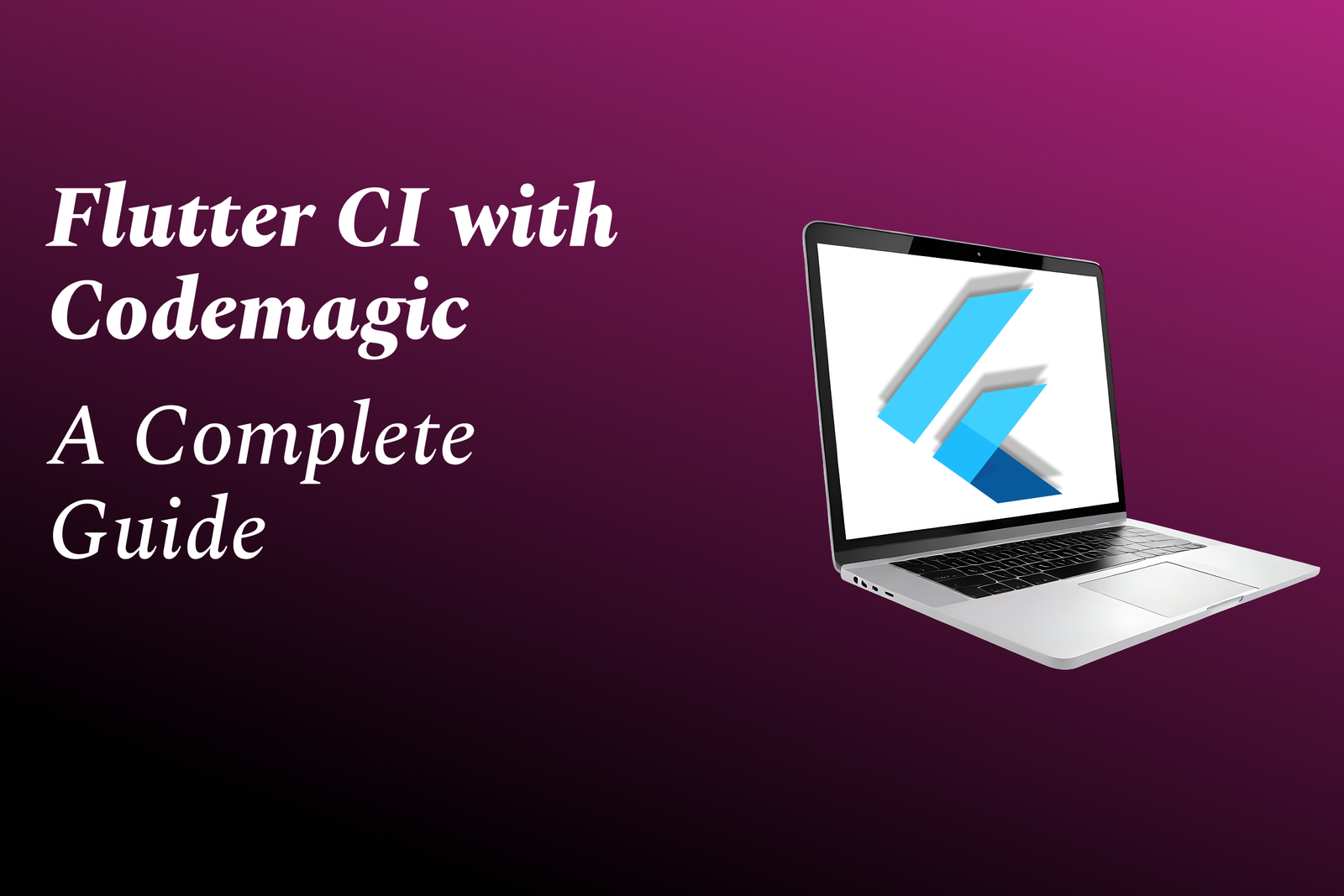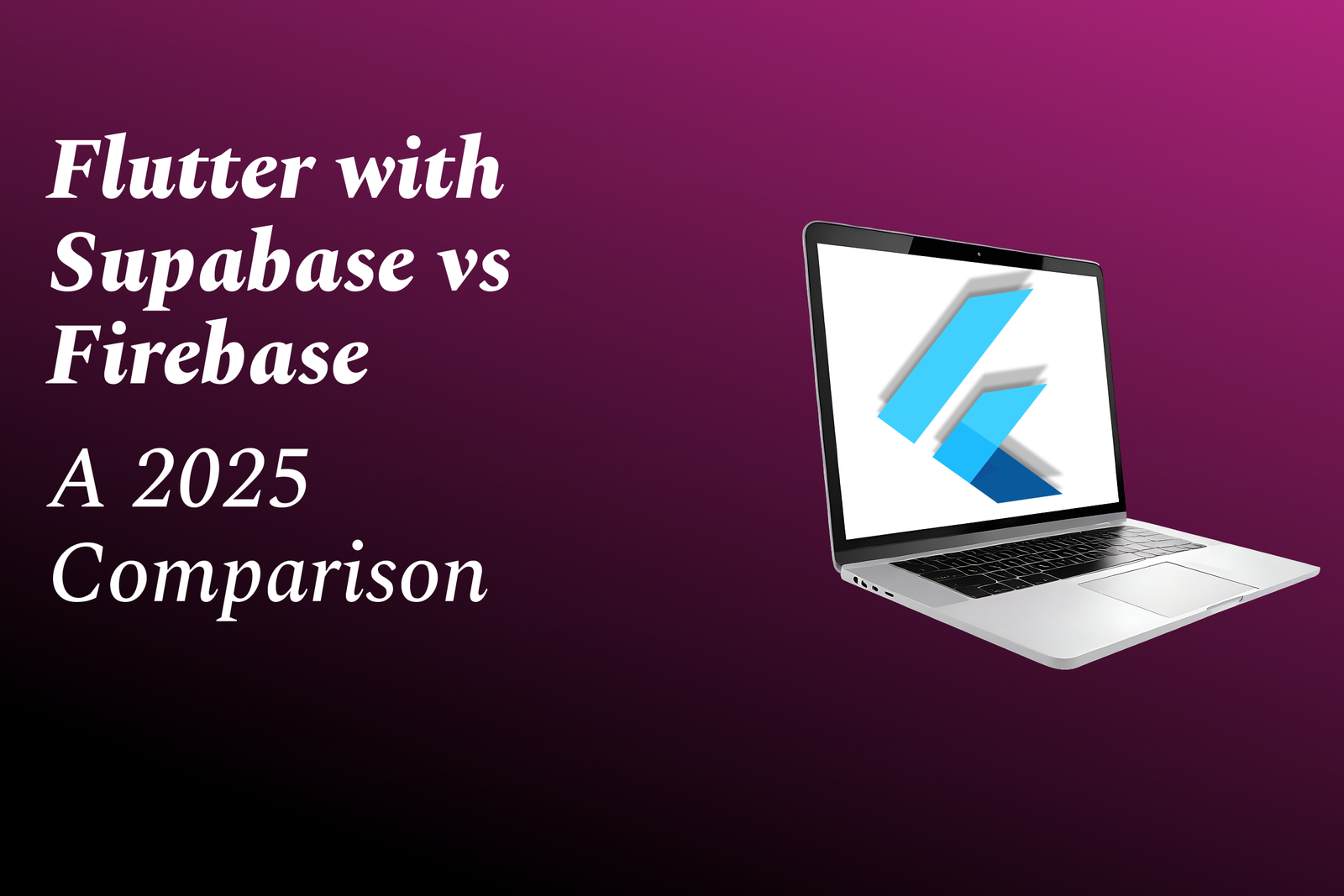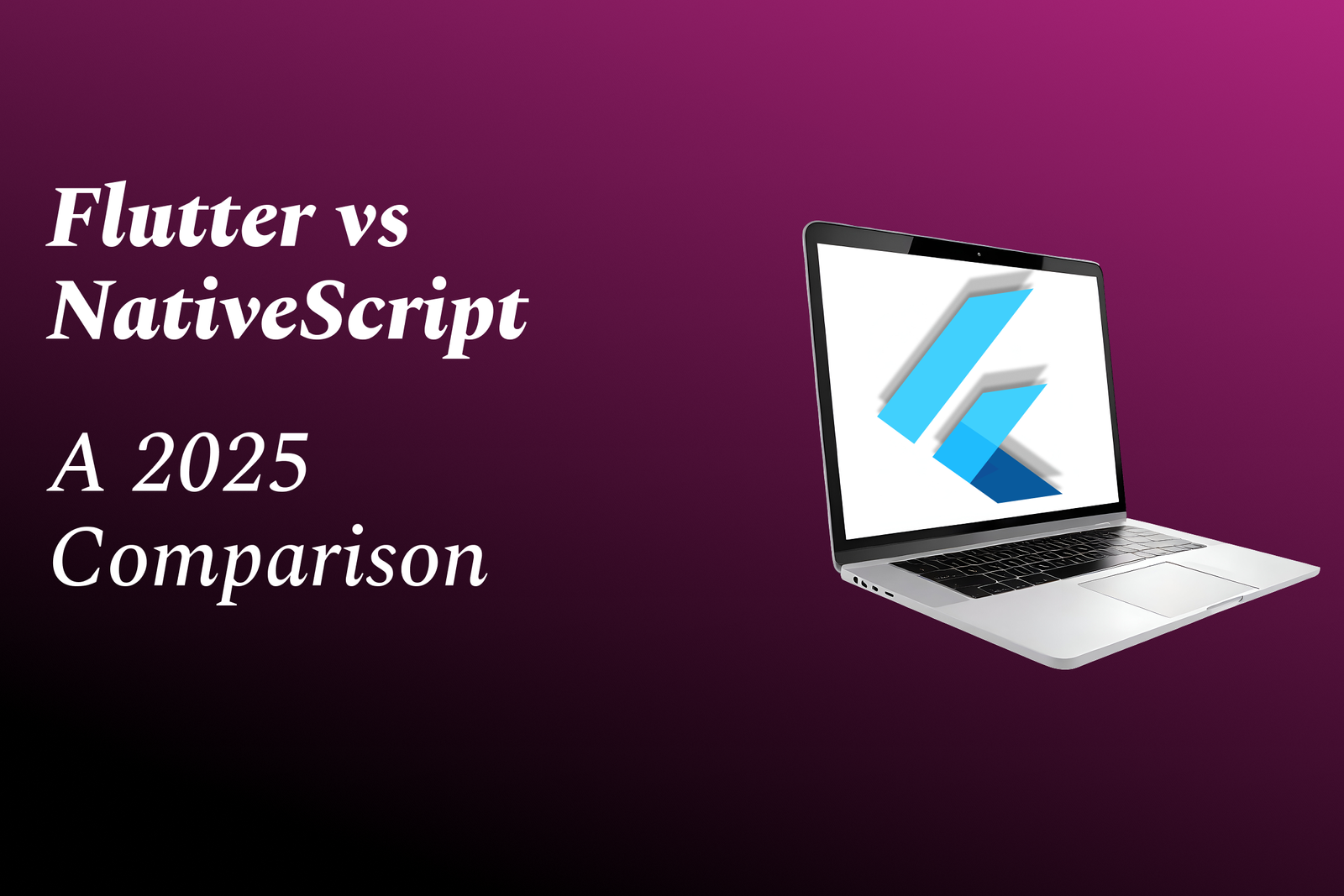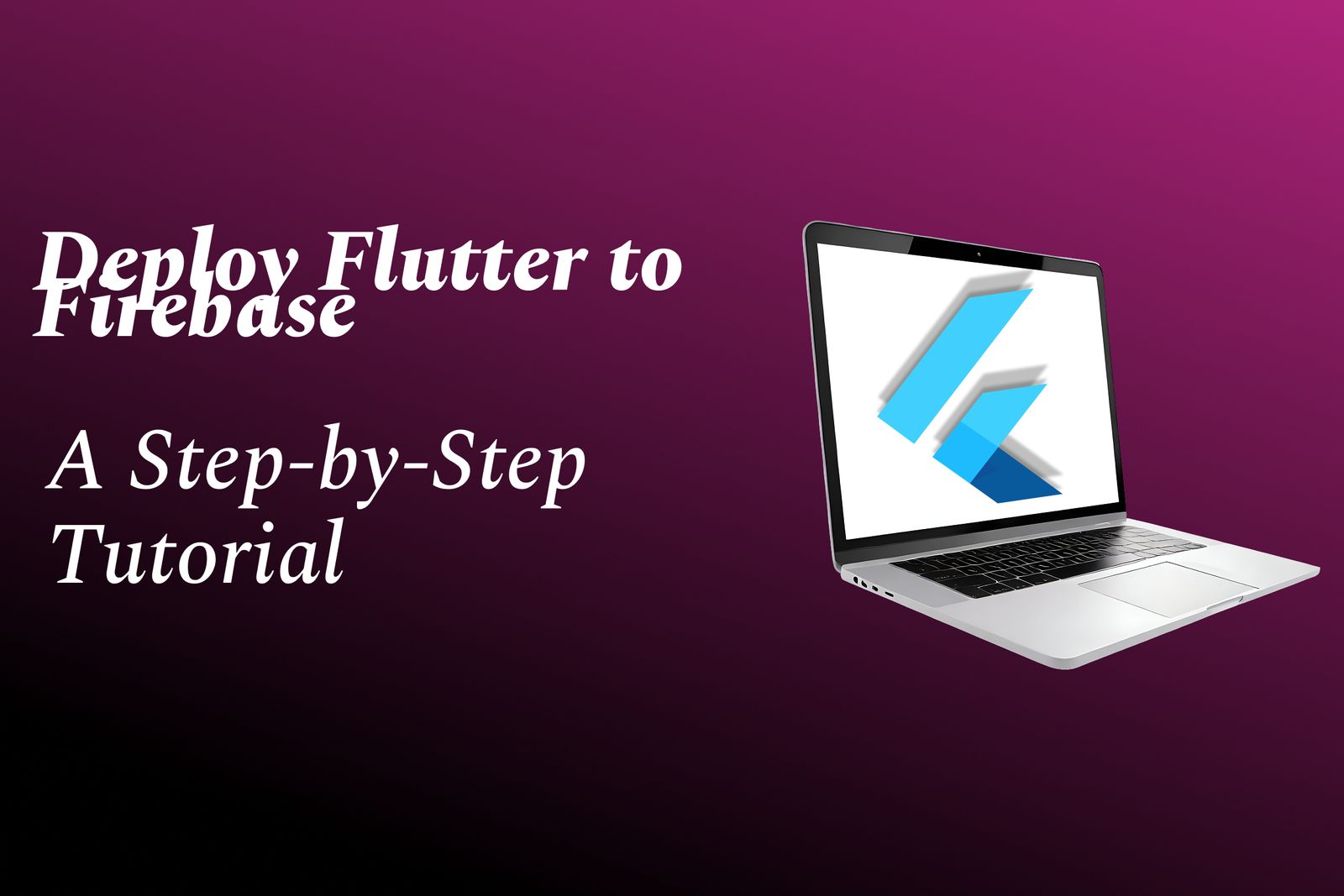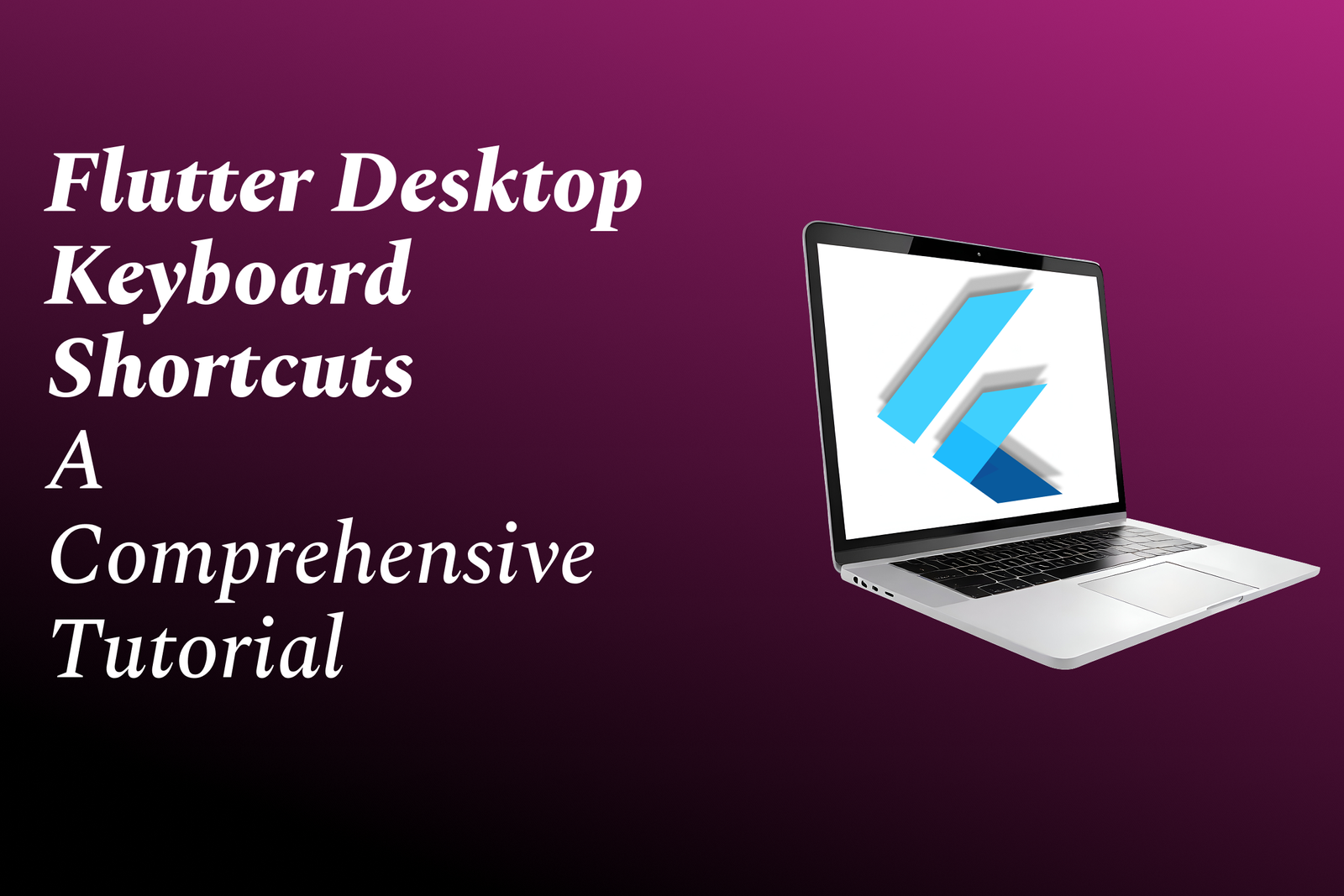Flutter Cloud File Uploads To AWS S3 And Firebase Storage
Flutter cloud file uploads let apps send photos, videos and documents from a device to providers like AWS S3 or Firebase Storage using Flutter plugins and APIs; you can implement secure, resumable, and performant uploads with progress indicators and offline handling, while choosing S3 for presigned URLs, fine‑grained IAM access, lifecycle rules and global durability, or Firebase Storage for tight Firebase Auth integration, easy client SDKs, automatic resumable transfers and realtime security rules—enabling scalable media handling, backups and content delivery in cross‑platform Flutter apps, which JustAcademy covers in hands‑on projects and certification courses.
Flutter Cloud File Uploads To AWS S3 And Firebase Storage
Flutter apps can upload photos, videos and documents to cloud stores like AWS S3 or Firebase Storage to offload device storage, enable scalable durable hosting, deliver media via CDNs, and provide secure, resumable transfers with progress indicators and offline handling; AWS S3 is best when you need enterprise features such as fine‑grained IAM, presigned URLs, lifecycle rules and CloudFront integration, while Firebase Storage is ideal for rapid mobile/web development thanks to tight Firebase Auth and SDK integration, realtime security rules and automatic resumable uploads—together these options let Flutter developers build responsive, scalable media workflows for a wide range of apps.
To Download Our Brochure: **https://www.justacademy.co/download-brochure-for-free
**
Message us for more information: **https://api.whatsapp.com/send?phone=919987184296
**
Flutter apps can upload photos, videos and documents to cloud stores like AWS S3 or Firebase Storage to offload device storage, enable scalable durable hosting, deliver media via CDNs, and provide secure, resumable transfers with progress indicators and offline handling; AWS S3 is best when you need enterprise features such as fine‑grained IAM, presigned URLs, lifecycle rules and CloudFront integration, while Firebase Storage is ideal for rapid mobile/web development thanks to tight Firebase Auth and SDK integration, realtime security rules and automatic resumable uploads—together these options let Flutter developers build responsive, scalable media workflows for a wide range of apps.
Course Overview
JustAcademy's “Flutter Cloud File Uploads to AWS S3 and Firebase Storage” teaches building Flutter apps that upload photos, videos, and documents to AWS S3 and Firebase Storage, covering authentication, SDK setup, presigned URLs and security rules, resumable uploads, progress UI, offline handling, and hands‑on projects with real‑world best practices.
Course Description
JustAcademy's “Flutter Cloud File Uploads to AWS S3 and Firebase Storage” teaches secure, reliable Flutter uploads for photos, videos, and documents using AWS S3 and Firebase Storage, covering auth, presigned URLs, resumable uploads, progress UI, offline handling, and hands‑on projects.
Key Features
1 - Comprehensive Tool Coverage: Provides hands-on training with a range of industry-standard testing tools, including Selenium, JIRA, LoadRunner, and TestRail.
2) Practical Exercises: Features real-world exercises and case studies to apply tools in various testing scenarios.
3) Interactive Learning: Includes interactive sessions with industry experts for personalized feedback and guidance.
4) Detailed Tutorials: Offers extensive tutorials and documentation on tool functionalities and best practices.
5) Advanced Techniques: Covers both fundamental and advanced techniques for using testing tools effectively.
6) Data Visualization: Integrates tools for visualizing test metrics and results, enhancing data interpretation and decision-making.
7) Tool Integration: Teaches how to integrate testing tools into the software development lifecycle for streamlined workflows.
8) Project-Based Learning: Focuses on project-based learning to build practical skills and create a portfolio of completed tasks.
9) Career Support: Provides resources and support for applying learned skills to real-world job scenarios, including resume building and interview preparation.
10) Up-to-Date Content: Ensures that course materials reflect the latest industry standards and tool updates.
Benefits of taking our course
Functional Tools
1 - Flutter SDK and Dart
Flutter SDK is the core framework students will use to build cross platform mobile apps in the course and Dart is the language that powers it.
Training covers widget composition, stateful vs stateless widgets, and platform channels to interact with native upload mechanisms.
Hands on labs teach integrating file pickers, rendering upload progress UI, and optimizing for responsive layouts on iOS and Android.
Students receive step by step exercises to build a complete upload feature from UI to cloud storage, preparing them for portfolio projects.
JustAcademy certification validates proficiency in using Flutter and Dart for production ready cloud file upload apps
2) Firebase Storage and Firebase SDK for Flutter
Firebase Storage provides a straightforward, secure backend for storing user files with strong client SDK support for Flutter.
Course modules explore authentication integration, security rules, resumable uploads, and metadata handling in real time.
Students practice configuring Firebase projects, implementing access control, and writing upload/download flows using firebase_storage and firebase_core packages.
Labs include offline caching, retry logic, and monitoring storage rules to prevent unauthorized access during real world usage.
Assessment tasks demonstrate how to connect Firebase Storage to Flutter apps and optimize costs and access patterns
3) Amazon S3 and AWS Amplify / AWS SDK
Amazon S3 is taught as a scalable object store alternative with advanced features like versioning and lifecycle policies.
Students learn to use Amplify Flutter or AWS SDK patterns to authenticate, upload, and manage files securely to S3 buckets.
Lessons cover multipart and resumable uploads, presigned URLs, bucket policies, and strategies for minimizing egress costs.
Hands on projects include configuring IAM roles, generating presigned uploads from a serverless backend, and integrating with Flutter clients.
Certification covers how to choose between Firebase Storage and S3 depending on application needs and enterprise constraints
4) Authentication tools: Firebase Auth, Amazon Cognito, and OAuth flows
Secure uploads require authenticated users; the course teaches Firebase Auth and Amazon Cognito integration patterns for Flutter.
Modules include email/password, social logins, and token exchange flows to secure upload endpoints and generate presigned URLs.
Students implement session management, token refresh, and role based access control to protect stored content.
Practical exercises show how to wire auth state to UI and storage rules so only authorized users can upload or access files.
Evaluation includes threat modeling to identify and mitigate common auth related vulnerabilities
5) File picker and media capture plugins: file_picker, image_picker, camera
These plugins allow users to select files or capture media directly from devices, forming the front door to upload workflows.
Training covers plugin setup, permission handling, cross platform differences, and compressing or transforming media before upload.
Students build flows for single and batch selection, cropping, and preparing multipart payloads optimized for network constraints.
Labs include error handling for denied permissions and fallback UX patterns for degraded environments.
Project reviews ensure students deliver polished, accessible file selection experiences
6) HTTP clients and upload libraries: http, dio, multipart, flutter_uploader
Reliable uploads require robust HTTP tooling; the course covers http and dio packages and multipart streaming for large files.
Students learn how to implement progress listeners, pause/resume, retries, and exponential backoff strategies in Flutter.
Hands on sessions demonstrate background uploads, queuing, and continuing transfers across connectivity changes.
Instructors show how to instrument uploads for observability and integrate with retry logic to maximize success rates.
Assessments test building end to end upload pipelines using these libraries
7) Storage and cache management: path_provider, flutter_cache_manager, hive/sqflite
Efficient apps cache temporary files and persist upload state; students are trained on local storage patterns using path_provider.
Course labs demonstrate using flutter_cache_manager for thumbnails and hive or sqflite for tracking pending uploads and metadata.
Exercises include cleanup policies, handling app restarts, and ensuring data integrity across interrupted transfers.
Students implement local first flows that sync with cloud storage once connectivity is available.
Certification tasks validate the ability to architect resilient, performant client side storage
8) Serverless and backend tools: AWS Lambda, Cloud Functions, API Gateway
Serverless backends support presigned URL generation, validation, and post processing hooks; the course teaches Lambda and Cloud Functions.
Students build simple serverless endpoints to issue presigned S3 URLs or validate uploads before promoting files in Firebase.
Modules cover API Gateway setup, CORS configuration, security hardening, and deployment practices for serverless functions.
Labs include wiring triggers for post upload processing like metadata extraction, virus scanning, or notification events.
Real world scenarios show how serverless components reduce operational overhead while supporting secure upload flows
9) Media processing and optimization: FFmpeg, Elastic Transcoder / MediaConvert, image packages
Optimizing uploaded media reduces storage and bandwidth costs; students learn client and server side processing strategies.
Training uses FFmpeg for transcoding examples, AWS MediaConvert or Elastic Transcoder for scalable pipelines, and Dart image libs for thumbnails.
Hands on exercises cover format conversion, bitrate adjustment, generating multiple renditions, and automated thumbnailing pipelines.
Students implement workflows that balance quality, performance, and cost for varied application requirements.
Projects verify end to end pipelines from capture through optimization to CDN distribution
10) CDN and delivery: Amazon CloudFront and Firebase Hosting integrations
Delivering files quickly to users requires CDNs; the course explains integrating CloudFront with S3 and Firebase Hosting workflows.
Students learn cache invalidation strategies, signed URLs for protected content, and edge configuration for performance.
Practical labs demonstrate configuring origins, caching policies, and monitoring delivery metrics to optimize UX.
Instructors show how CDNs reduce latency and bandwidth costs while preserving secure access to private content.
Assessment tasks include setting up a sample CDN backed delivery for student project assets
11 - DevOps, CI/CD and version control: Git, GitHub, GitHub Actions, AWS CLI
Reproducible deployments and automated tests are critical; the course trains students on Git workflows and CI/CD pipelines.
Modules include creating GitHub Actions workflows for building Flutter apps, running tests, and deploying serverless backends.
Students practice using AWS CLI and Firebase CLI to automate bucket configuration, rule updates, and deployment steps.
Labs emphasize secure storage of secrets via GitHub Secrets or AWS Secrets Manager and repeatable infrastructure provisioning.
Final projects are submitted via Git and validated through automated CI checks to mirror professional pipelines
12) Monitoring, observability and testing: Crashlytics/Sentry, CloudWatch, flutter_test, mockito
Keeping uploads reliable requires instrumentation and testing; students learn to integrate Crashlytics or Sentry and CloudWatch dashboards.
Course content covers unit, widget, and integration tests with flutter_test, and mocking external services using mockito.
Hands on tasks include adding upload telemetry, tracing latency issues, and triggering alerts for failed bulk uploads.
Students build test suites that simulate network failures, retries, and partial uploads to ensure production readiness.
Certification proves capability to monitor, test, and maintain robust upload systems in the field
13) Security and compliance tools: KMS, IAM, virus scanning, GDPR/CCPA practices
Protecting user data is a core focus; the course teaches AWS KMS for encryption at rest and IAM best practices for least privilege.
Students implement server side virus scanning hooks using Lambda and open source scanners, and learn to log access for audits.
Modules explain compliance considerations like GDPR/CCPA, retention policies, and secure deletion workflows for student projects.
Hands on scenarios require producing audit trails, encryption key rotation plans, and privacy focused architecture diagrams.
Graduates demonstrate the ability to design secure, compliant upload solutions suitable for enterprise and consumer apps
14) Project management and collaboration tools: Figma, Trello/Jira, Postman
Delivering production quality features needs team processes; the course introduces Figma for design handoff and Trello or Jira for task tracking.
Students use Postman to test APIs, validate presigned URL endpoints, and document backend contract expectations.
Collaborative assignments simulate real product cycles including design reviews, sprint planning, and code reviews using GitHub PRs.
Workshops focus on clear API contracts between Flutter clients and cloud services to reduce integration friction.
Completion certificates reflect both technical skill and demonstrated team collaboration on a real time upload project
15) Cost optimization and billing analytics
Teach strategies to reduce storage and transfer costs: lifecycle rules, tiered storage, request batching, and multipart thresholds.
Students learn to analyze billing reports, tag resources for cost allocation, and implement alerts for anomalous spend.
16) Large file handling and chunked streaming
Cover chopping large files into chunks, resumable uploads, and server side assembly patterns for reliability.
Hands on labs implement chunk checksums, concurrency limits, and integrity verification to support multi GB transfers.
17) Background uploads, OS constraints, and battery efficiency
Show how to implement background tasks respecting iOS/Android restrictions, WorkManager, and background fetch patterns.
Modules emphasize energy efficient transfers, adaptive throttling, and minimizing wake locks to preserve battery life.
18) Real time sync and conflict resolution
Teach designs for syncing edits across devices with optimistic updates, CRDTs, and last write wins strategies.
Students build conflict resolution UIs and automatic merge strategies for collaborative media or document uploads.
19) End to end encryption and client side crypto
Introduce client side encryption patterns, key management, and zero knowledge upload workflows.
Labs demonstrate encrypting files before upload, secure key exchange, and server side tokenization without plaintext exposure.
20) Legal, privacy, and data governance
Cover retention policies, lawful access, consent management, and international data residency requirements.
Students draft data governance plans for projects and implement privacy by design controls in upload flows.
21 - Accessibility and inclusive UX for upload flows
Train on accessible file picker experiences, voice over support, keyboard navigation, and clear error messaging.
Practical tasks ensure upload components meet WCAG and platform specific accessibility guidelines.
22) Localization and internationalization
Teach handling of localized filenames, right to left languages, locale specific date/time metadata, and translations.
Students implement i18n for UI strings, error messages, and content negotiation for uploads.
23) Pricing and monetization models
Explore in app purchase gating for uploads, subscription based storage models, and pay as you go architectures.
Case studies cover billing integration, quota enforcement, and usage metering for paid tiers.
24) GraphQL and API contract design
Demonstrate using GraphQL for managing upload metadata, presigned URL flows, and subscriptions for real time status.
Students learn to design stable API contracts, versioning, and schema driven client generation.
25) Web, desktop, and hybrid targets (Flutter Web / Desktop)
Extend upload patterns to web and desktop targets, dealing with browser APIs, CORS, and native filesystem access.
Labs cover platform specific fallbacks and unified code patterns across mobile, web, and desktop.
26) Peer to peer and WebRTC based transfers
Introduce P2P file transfer options for private sharing or local mesh sync using WebRTC data channels.
Students implement secure peer discovery, NAT traversal, and fallback to server based relays.
27) SDK design and publishing
Teach how to package upload functionality into reusable Dart/Flutter SDKs with clear APIs, docs, and CI pipelines.
Modules include semantic versioning, changelogs, and publishing to pub.dev or private artifact registries.
28) Third party integrations and automation
Cover integrating uploads with services like Zapier, Integromat, CMS platforms, and DAM systems for automated workflows.
Students build connectors that trigger image processing, indexing, or notifications after upload events.
29) Edge computing and serverless at the edge
Explore running lightweight validation, image resizing, or authorization checks at CDN edge locations to reduce latency.
Hands on labs show integrating edge functions with S3/CloudFront or Firebase Hosting for faster delivery and preprocessing.
These additions expand the JustAcademy curriculum to cover advanced operational, legal, and cross platform concerns necessary for production grade file upload systems.
Browse our course links : https://www.justacademy.in/all-courses
To Join our FREE DEMO Session: https://www.justacademy.in/register-for-course-demo
This information is sourced from JustAcademy
Contact Info:
Roshan Chaturvedi
Message us on Whatsapp: https://api.whatsapp.com/send?phone=919987184296
**Email id: mailto:info@justacademy.co
**
https://www.justacademy.co/blog-detail/flutter-music-streaming-ui:-a-clone-tutorial
https://www.justacademy.co/blog-detail/flutter-desktop-apps-2025:-a-look-into-the-future
https://www.justacademy.co/blog-detail/server-driven-ui-with-flutter:-a-practical-implementation
https://www.justacademy.co/blog-detail/native-to-flutter-migration:-a-strategic-guide
https://www.justacademy.co/blog-detail/flutter-memory-analyzer:-finding-and-fixing-leaks
Flutter: Upload Files to AWS S3 & Firebase Storage — Secure Presigned URL Tutorial and Best Practices
Flutter File Uploads: Secure AWS S3 & Firebase Storage with Presigned URLs — Step-by-Step Tutorial & Best Practices
Flutter File Uploads to AWS S3 & Firebase Storage — Secure Step-by-Step Guide with Presigned URLs & Best Practices
Flutter Cloud File Uploads: Complete Secure Guide to AWS S3 & Firebase Storage with Presigned URLs
